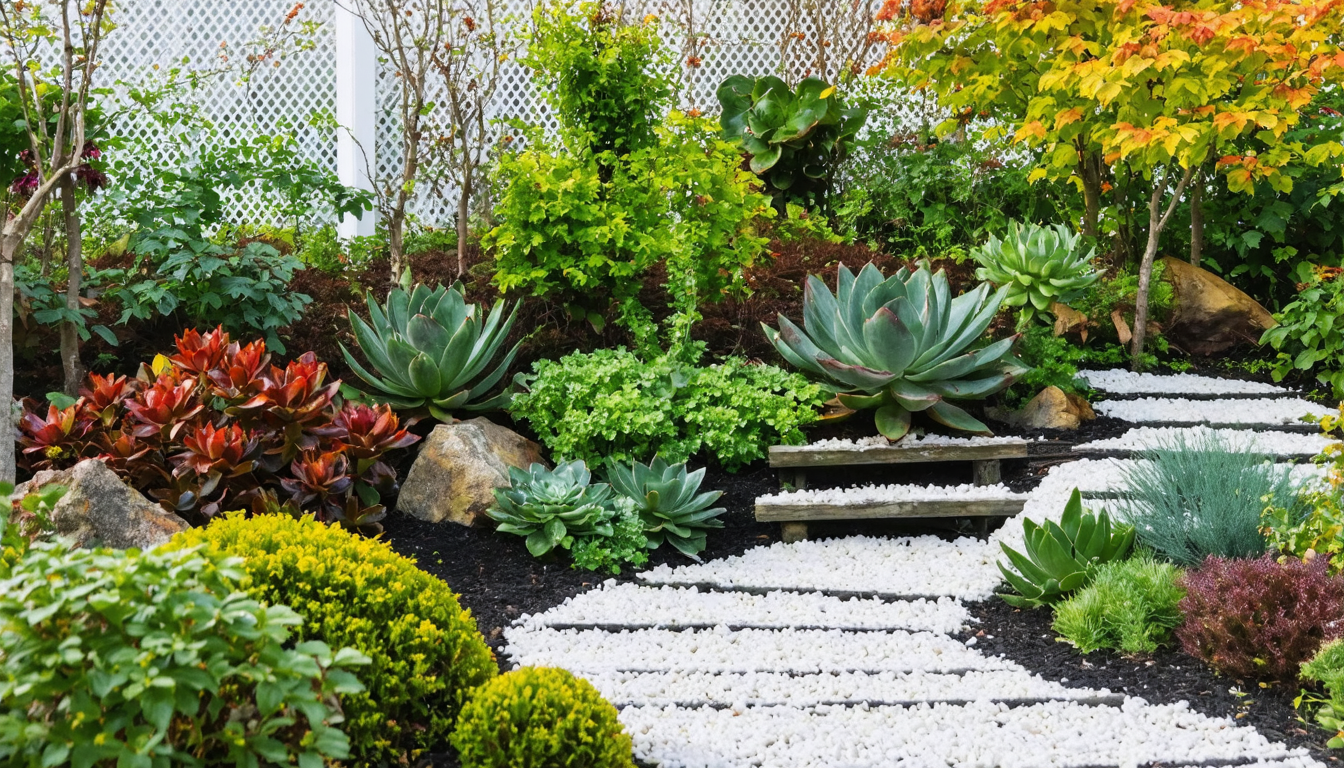
Unlock a Healthier Garden: The Surprising Benefits of Using a Cover Crop
Many gardeners pour all their energy into their vegetable plants, often overlooking the most critical component of their garden’s success: the soil itself. A cover crop, often called a “living mulch,” is a plant you grow not for harvest, but for the sole purpose of nurturing and improving your garden’s foundation. This guide will explore how using a cover crop can benefit a vegetable garden in profound and lasting ways.
Common Garden Challenges and How Cover Crops Provide Solutions
Battling Soil Erosion and Compaction
Problem: Wind and water relentlessly wash away precious topsoil, the very lifeblood of your garden. Furthermore, routine foot traffic and heavy rains can compact the earth, creating a hardpan that stifles root growth and water infiltration.
Solution: The dense root systems of cover crops act as a living net, holding soil firmly in place. These roots also physically break up compacted layers, creating natural channels that allow air, water, and subsequent vegetable roots to penetrate deeply.
The Endless Fight Against Weeds
Problem: Weeds are relentless competitors, stealing vital water, nutrients, and sunlight from your valuable vegetable plants, reducing their health and yield.
Solution: A thick, vigorously growing cover crop forms a dense canopy that blocks sunlight from reaching the soil surface. This smothers existing weeds and prevents new weed seeds from germinating, drastically reducing your weeding chores.
Dealing with Nutrient-Depleted Soil
Problem: Heavy-feeding vegetables like tomatoes, corn, and squash can leave the soil “tired” and depleted of essential nutrients, particularly nitrogen, leading to a disappointing harvest the following year.
Solution: Legume cover crops, such as clover and vetch, form a symbiotic relationship with soil bacteria. They pull inert nitrogen from the air and “fix” it into a plant-available form in the soil, essentially creating a natural, slow-release fertilizer for your next crop.
Improving Poor Water Management
Problem: Sandy soil drains too quickly, leaving plants thirsty, while clay soil becomes waterlogged, suffocating roots. Both extremes stress plants and hinder growth.
Solution: As cover crops decompose, they add significant organic matter to the soil. This organic matter acts like a sponge, helping sandy soil retain moisture and helping clay soil drain more effectively—a unique and critical balancing act for optimal plant health.
Choosing the Right Cover Crop for Your Garden’s Needs
Legumes for Nitrogen Fixing (The Garden’s Fertilizer Factory)
Examples: Crimson Clover, Hairy Vetch, Winter Peas.
Best For: Replenishing soil before planting heavy-feeding crops like leafy greens, corn, and tomatoes in the spring.
Grasses for Biomass and Weed Suppression (The Garden’s Blanket)
Examples: Annual Rye Grass, Winter Rye, Oats.
Best For: Quickly building organic matter and creating a thick, weed-suppressing mat. They are excellent for preventing erosion over the winter.
Broadleaves for Breaking Up Hard Soil (The Garden’s Tiller)
Examples: Buckwheat, Forage Radishes (Daikon).
Unique Insight: Forage Radishes are a gardener’s secret weapon against hardpan. Their large, penetrating taproots act as biological drills, breaking up compacted subsoil. When they decompose over winter, they leave behind deep, stable “bio-pores” that dramatically improve water infiltration and root penetration for years to come.
Cover Crops Head-to-Head: A Quick Comparison
| Cover Crop | Primary Benefit | Best Use Case | Considerations |
|---|---|---|---|
| Winter Rye | Superb erosion control and weed suppression | Overwintering in empty beds; tough, cold-tolerant growth | Can be difficult to terminate in spring; requires timely management |
| Crimson Clover | Excellent nitrogen fixation; attracts pollinators | Prepping soil for nitrogen-hungry spring crops | Less effective at smothering aggressive weeds than grasses |
| Buckwheat | Fast-growing summer weed smotherer | Filling a 4-6 week gap between spring and fall plantings | Will be killed by frost; very short-lived |
| Oats | Quick biomass; “winter-kills” for easy management | Ideal for no-till beginners; great for fall planting | Provides ground cover but dies over winter, leaving a mulch |
Your Step-by-Step Guide to Using a Cover Crop
- Timing is Everything: Plant in late summer or fall after your main harvest, or in a summer gap between crops.
- Preparation and Planting: Clear the bed of old plants and weeds. Broadcast the seeds evenly over the soil and lightly rake them in.
- The “Termination” Step: This is crucial. Cut down the cover crop with a mower, weed trimmer, or by hand before it flowers and sets seed, or it could become a weed itself.
- Incorporating into the Soil: You can till the plant matter into the soil as “green manure,” or simply leave it on the surface as a mulch for a no-till approach. Wait 2-3 weeks before planting your vegetables.
Frequently Asked Questions About Using Cover Crops
Won’t a cover crop become a weed problem in my garden?
No, this is a common fear but easily avoided. The key is to mow or cut down the cover crop before it produces mature seeds. If managed correctly, it suppresses weeds; it does not become one.
I have a small garden. Is this practical for me?
Absolutely! The benefits of cover cropping are scalable. Even in a single 4×8 raised bed, dedicating that space to soil improvement during the off-season by using a cover crop can benefit a vegetable garden immensely, leading to healthier plants and higher yields in the following season.
How long do I have to wait to plant my vegetables after terminating the cover crop?
For most situations, a waiting period of 2 to 3 weeks is recommended. This allows the terminated cover crop (the “green manure”) to begin decomposing, making its nutrients available and avoiding any potential nitrogen tie-up in the soil.
Can I use a cover crop mix instead of a single type?
Yes, and this is often the best strategy! Mixes, such as a legume (for nitrogen) with a grass (for biomass), provide a wider array of benefits simultaneously. They can create a more resilient cover that improves soil structure, fertility, and weed suppression all at once.
In conclusion, using a cover crop can benefit a vegetable garden by transforming it from a mere plot of land into a self-sustaining ecosystem. It’s a powerful technique that shifts the focus from simply growing plants to actively building healthy, living soil—the true and non-negotiable foundation of any successful and productive garden. Try it in just one bed this season and witness the remarkable difference.






